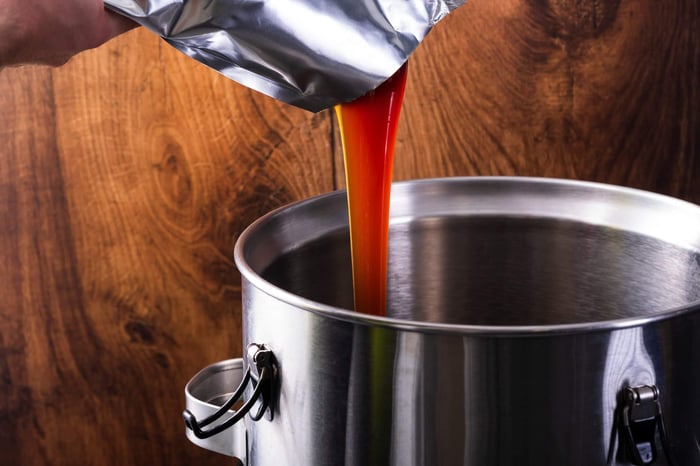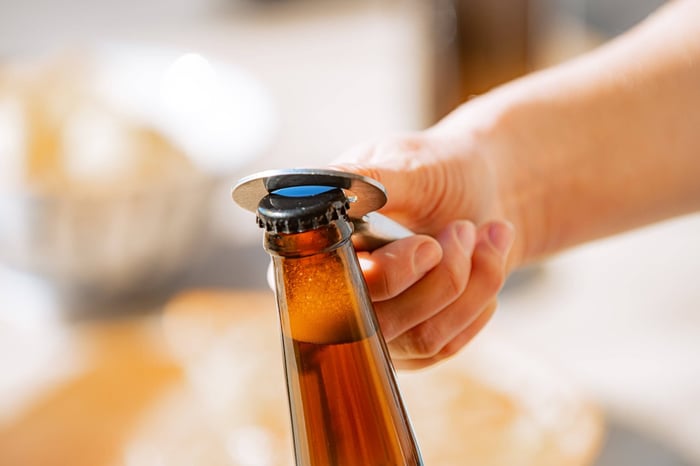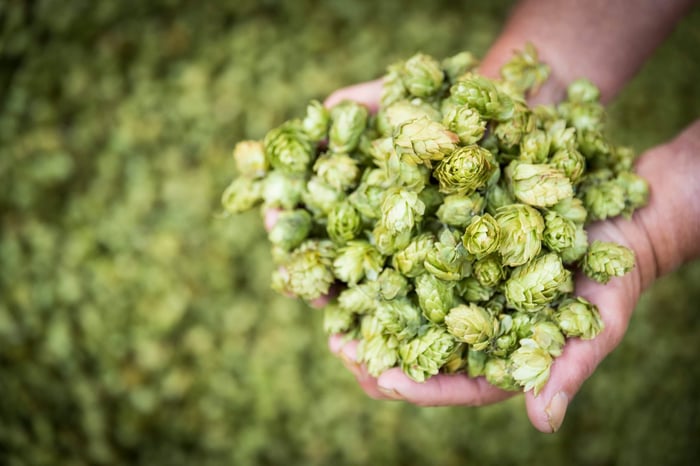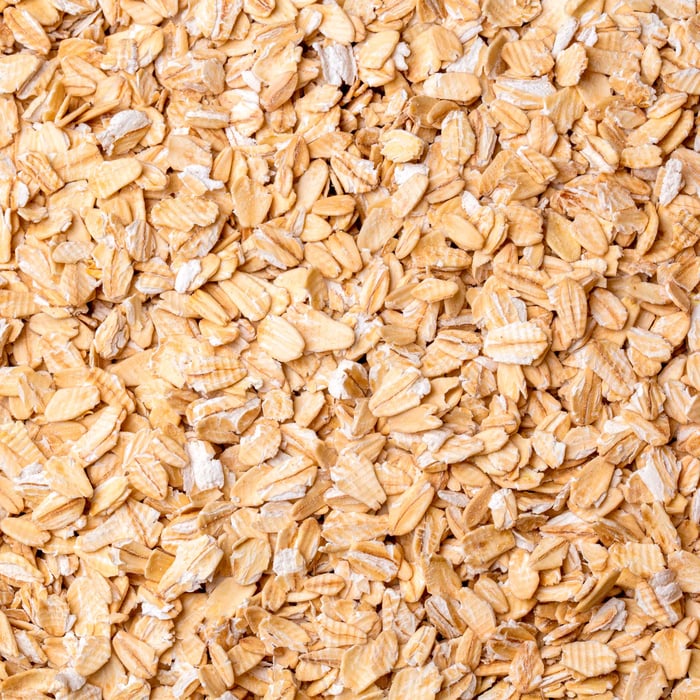Want to know a secret that separates good brewers from great ones? It's not just about having the fanciest equipment or the most exotic hops – it's about understanding when and how to use every tool at your disposal. And one of the most underrated tools? Malt extract.
We know what you're thinking. "Isn't malt extract just for beginners?" That's exactly what we thought too, until we started noticing how many award-winning brewers quietly incorporate extract into their brewing process. Once you learn these techniques, you'll see why smart brewers always keep some on hand.
Demystifying Malt Extract
The American Homebrewer's Association defines malt extract as "concentrated sugar extracted from brewing-grade malted barley." Sounds straightforward, but there's more to this ingredient than meets the eye.
You'll encounter two main varieties:
- Liquid Malt Extract (LME): Viscous, honey-like consistency
- Dried Malt Extract (DME): Fine powder that dissolves easily
Different grain bills during production create distinct flavour profiles and brewing characteristics.
Essential conversion: 1kg dextrose = approximately 1.1kg DME = approximately 1.2kg LME
From Grain to Extract: The Process
Extract production mirrors the initial stages of traditional all-grain brewing. Premium malted grains undergo conventional mashing to create wort. Gentle, controlled heating then evaporates water content, concentrating the fermentable sugars.
State-of-the-art facilities employ vacuum evaporation systems, removing water at lower temperatures to preserve delicate flavour compounds and brewing characteristics.
Competition reality: Extract-based beers regularly win medals at major brewing competitions, frequently outscoring all-grain counterparts. The takeaway? Execution matters more than methodology.
Five Ways Serious All-Grain Brewers Use Extract
1. Building Bulletproof Yeast Starters
Proper yeast management separates amateur brewing from professional-quality results. A healthy starter ensures vigorous fermentation and prevents off-flavours that plague under-pitched batches.
Extract makes starter preparation almost foolproof:
The foolproof method:
- Heat water to boiling point
- Dissolve malt extract completely
- Maintain rolling boil for 10 minutes
- Cool to fermentation temperature
- Transfer to sterile container and pitch yeast
Sweet spot: Target specific gravity 1.030-1.040 for optimal yeast reproduction. This range provides ideal nutrients without stressing the culture.
Professional tip: After starter fermentation completes, refrigerate to settle yeast. Decant the liquid and pitch only the concentrated yeast slurry for maximum viability.
2. Mid-Brew Gravity Rescue Operations
Even experienced brewers face extraction efficiency variations. Equipment differences, environmental factors, or process changes can throw off your carefully calculated numbers.
Scenario: You're brewing a pale ale targeting 1.053 pre-boil gravity, but your hydrometer reads 1.046 after sparging. That's a 7 gravity unit deficit.
3. High-Gravity Beer Mastery
Crafting high-alcohol beers traditionally requires extended boil times or maxing out your grain bill. When equipment capacity or time constraints limit these options, extract provides the perfect solution.
Strategic extract additions boost gravity without extending brew days or pushing equipment beyond design limits. It's elegant problem-solving that produces consistent results.
4. Express Brewing Sessions
Sometimes you want fresh homebrew without the full all-grain commitment. Extract brewing bridges the gap between major brewing sessions, keeping your fermenters productive.
Pair extract with specialty grains for complexity without the time investment. Perfect for maintaining brewing momentum during hectic periods.
5. Backup Planning for Murphy's Law
Experienced brewers know equipment can fail and timing can go sideways. Having extract available provides insurance against unexpected brewing challenges.
Storage Strategies That Preserve Quality
Dried Malt Extract:
- Store in cool, dry conditions away from moisture and oxygen
- Optimal temperature range: 10-21°C
- Shelf life: 12 months under proper storage conditions
Liquid Malt Extract:
- Unopened pouches maintain quality for 24 months
- Transfer opened portions to smallest suitable container
- Refrigerate and use within 3 months
- Minimise headspace to prevent oxidation
Elevating Your Brewing Game
Malt extract belongs in every serious brewer's toolkit. Whether you're crafting competition-worthy yeast starters, correcting gravity miscalculations, or brewing high-strength beers, extract delivers professional results consistently.
Want to master more advanced brewing techniques? Check out our Brewing 101 series designed for dedicated homebrewers.
Questions about extract applications? Contact our brewing team – we love discussing brewing challenges and solutions with fellow enthusiasts.
Grainfather Team










